Don’t Fear Carbs – Make Them Work for You!*
Dramatic Pumps, Lean Muscle, & Fat Loss!*
Insulin has frequently been referred to as the most anabolic hormone in the body. While it can help promote muscle growth, it can unfortunately promote the storage of body-fat as well. With insulin, the key isn’t to have more; the key is how effectively the body can utilize even the smallest amount as efficiently as possible to maximize both muscle growth and fat loss.
GlycoPhase contains a cutting edge nutrient partitioning matrix that is designed to help support the body to more effectively harness the power of insulin to maximize lean muscle growth, increase protein synthesis, and support healthy glucose metabolism in order to create a fat burning environment. (1)
GlycoPhase falls into a category of supplements frequently referred to as Glucose Disposal Agents (more info on that below).
GlycoPhase Summary of Possible Benefits:
- Promotes Fat Loss (2,3,4)
- Supports Healthy Glucose Metabolism (1, 2, 5, 6, 7, 9)
- Supports the Ability to Train More Intensely for a Longer Duration of Time (4,5,7)
- Supports Improved Mood and Sense of Well-Being (1,12,13)
- Promotes Glucose Uptake into Muscle Cells (2,16)
- Supports the Decrease of Glucose Uptake into Fat Cells (2,16)
- May Help Reduce Sugar Cravings (5)
GlycoPhase is Commonly Used by Those looking to/for:
- Get Leaner Without Stimulant Based Fat Loss Products (1,2,6,9,11)
- Manipulate Carbs to Work for You, Not Against You (5,6,7,8,9)
- Promote Optimal Nutrient Absorption (6,9)
- Maximize Muscle Glycogen Storage in Order to Minimize Fat Storage (6,9,12,17)
- Help Use Body-Fat for Fuel (Energy) More Efficiently (1,2,13)
For a More in Depth Understanding:
In laymen’s terms, how does insulin in the bloodstream relate to fat storage?
In laymen’s terms, the higher the level of insulin in the bloodstream, the greater the potential for fat storage and reduced fat mobilization (More Insulin = More Carbs Potentially Stored as Body-Fat). (1,2)
What are Glucose Disposal Agents (GDA’s)?
Glucose Disposal Agents (GDA’s) are a class of supplements that are meant to enhance nutrient uptake to cells by increasing the efficiency of insulin. The goal of a true GDA is that it should make the user more ‘insulin sensitive’, thereby supporting their maintaining more stable glucose levels in order to support their making more efficient use of body-fat and carbohydrates as a fuel source. They work with the body to optimize response to naturally produced insulin and in doing so can help contribute to a leaner, fuller, more muscular physique.
What makes GlycoPhase different & more effective than some other GDA’s?
Many GDA’s claim to assist insulin and promote glucose transport into muscle cells, but few actually do this. Most simply block carbohydrate absorption in the intestine but do nothing to help support the body in better utilizing insulin to create the environment necessary for increased uptake into muscle cells.
GlycoPhase contains 9 exciting ingredients, all specifically chosen to do exactly that!
Let’s Examine GlycoPhase’s All-Star Cast of Ingredients:
Agmatine Sulfate:
Agmatine Sulfate is one of the few ingredients that has been shown to have the capability to increase GLUT-4 transportation and mRNA expression in skeletal muscle, making it a prime ingredient to help ensure that glucose transport to muscle cells is favored over fat cells (10). It achieves this through an indirect action on beta-endorphin secretion which, in much the same mechanism as exercise, promotes glut-4 translocation into skeletal muscle through activation of imidazoline I2A receptors. (10, 18)
Berberine HCI:
Berberine HCI is widely considered to be one of the most effective ingredients currently available for the purpose of supporting the reduction of blood sugar levels. While Berberine’s exact method of action is still currently under investigation, it is purported that its ability to activate AMPK is a driver for the regulation of carbohydrate through AMPK’s ability to promote glycogen synthesis and increase glucose uptake in insulin sensitive cells, thus removing glucose from the blood faster for immediate oxidization or stored as glycogen for later use as fuel. (19, 20)
Also, due to AMPK’s ability to promote insulin sensitivity and glucose uptake in a method independent of insulin itself, Berberine may have the capability to promote glucose uptake in cells that have become insulin resistant, thereby effectively clearing the blood of glucose in even the most difficult of environments. (19)
Bitter Melon:
Bitter Melon has several active constituents that promote glucose from clearing the blood, with these being charantin, vicine, and polypeptide-p.(13,14) Each one of these exerts their hypoglycemic effect via different physiological modes of action, ranging from stimulation of skeletal muscle utilization to preservation islet B cells (cells integral to proper insulin functioning) thus governing most of the process that underpins blood glucose clearing and helps preserve the integrity of the process. (7, 12)
Of importance is the role of protecting Islet B cell health, whereby destruction of these cells results in a lack of insulin production. Bitter Melon protects against this down-regulating the cytokines responsible for islet cell death, namely interleukin-6, tumor necrosis factor a, and nuclear factor kappa b. While the likelihood of this occurring is low, protection against it may be worthwhile as the effects are detrimental to overall health and longevity. (12)
Banaba Leaf:
Banaba leaf, most notably its primary active ingredient, Corsolic Acid, has been reported to decrease blood sugar levels within 60 minutes in human subjects through its ability to increase cellular uptake of glucose. However it isn’t just its ability to reduce blood glucose that is of value, it is also its ability to assist with weight loss. In a study that tested a combination of Banaba, Bitter Melon, Gymnema, and Bioperine on weight loss, subjects lost an average of 6 kilograms over a 12 week period. (13)
In various other human trials, Banaba extracted for Corsolic Acid has been noted to decrease blood glucose by up to 30% in a matter of hours, even when compared to placebo. Its proposed mode of action lies within its ability to stimulate Glut 4 translocation and induce insulin receptor phosphorylation, both of which promote the clearance of glucose from the blood. (14)
Gymnema Sylvestre:
Formulations that include Gymnemic Acids have been used as a valuable tool in the fight against obesity. The proposed method of action is through its ability to delay glucose absorption in the blood, thus blocking the over secretion of insulin which may under normal circumstances dump glucose into adipose tissue. (5, 16) Gymnemic Acids have a very similar structure to that of glucose which enables them to compete for the same receptor locations in the intestine, effectively delaying the absorption of glucose into the blood. Gymnema may also be particularly useful at curbing sugar cravings due to its ability to fill taste receptors on the tongue, thereby preventing the action of sugar molecules attempting to stimulate the same receptors. (16)
Other mechanisms by which Gymnema is proposed to work include increasing the secretion of insulin, promoting regeneration of islet cells, and increasing the utilization of glucose. (5, 16)
Alpha Lipoic Acid:
Alpha Lipoic Acid (ALA) is a mitochondrial compound heavily involved in energy metabolism. It has various benefits across a myriad of biological processes, including but not limited to neuroprotection, cholinergic transmission, dopaminergic transmission, cholesterol transport, and energy expenditure. (8, 15) It also has a range of benefits pertaining to glucose uptake and AMPK activation, outlining a similar method of action to Berberine. In the murine model, Alpha Lipoic Acid is able to significantly mediate gene expression key rate limiting enzymes involved in glucose metabolism, which is able to increase the rate of glycogen production in the liver. (8, 11, 15, 17)
Na-R-ALA:
Na-R-ALA is the sodium version of the R isomer for Alpha Lipoic Acid which is the most stable and bioavailable form of ALA currently available. It works through the same mechanisms as Alpha Lipoic Acid, but on a much larger scale. Na-R-ALA is most commonly known for its ability to produce dramatic muscle pumps, resulting from increased glucose uptake in skeletal muscle.
Saffron:
Saffron is one of the most underrated glucose disposal agents currently available. It works via multiple methods to directly influence glucose uptake and insulin sensitivity in muscle cells, promoting muscle pumps, and improved blood glucose clearance. (6, 9) It strongly increases cell insulin sensitivity through insulin dependent and non-insulin dependent pathways, and has a major role in promoting Glut-4 transport through AMPK activation. (6, 9)
Glucose transport into skeletal muscle is regulated by 2 distinct pathways. One of which is AMPK and the other is PI 3-Kinase. (2, 6, 9) The P 3-Kinase pathways include activation of Akt, which promotes glycogen synthesis and activation of key enzymes responsible for Glut-4 translocation. AMPK on the other hand plays a vital role in glucose and lipid metabolism. Both pathways increase phosphorylation of mitogen-activated kinase (MAPK) which participates in full activation of insulin-stimulated glucose uptake via GLUT-4. Saffron actives both pathways, hence its effectiveness in clearing blood glucose into skeletal muscle and, where too much glucose is shuttled, it is able to facilitate its preference to glycogen storage over adipose tissue storage. (2, 6, 9)
Chromium:
Chromium is an essential mineral which helps regulate insulin in the body and blood glucose, a mineral which roughly 25-50% of the US population is estimated to be deficient in. Because of its role in the regulation of blood sugar, a deficiency of Chromium may result in glucose intolerance, fatigue, and anxiety. (20) Chromium supplementation may also assist in the reduction of snacking behavior and binge eating. (21, 22)
GlycoPhase:
The Most Comprehensive GDA Available
For Dramatic Pumps, Lean Muscle, and Fat Loss!
References:
- Effects of insulin on lipolysis and lipogenesis in adipocytes from genetically obese (ob/ob) mice. (1979). Biochemical Journal, 184(1), pp.107-112.
- Froesch, E. (1967). The physiology and pharmacology of adipose tissue lipolysis: Its inhibition and implications for the treatment of diabetes. Diabetologia, 3(6), pp.475-487.
- Insulin Inhibits Lipolysis in Adipocytes via the Evolutionarily Conserved mTORC1-Egr1-ATGL-Mediated Pathway. (2013). Molecular and Cellular Biology, 33(18), pp.3659-3666.
- National Institutes of Health (NIH). (2018). NIH study shows how insulin stimulates fat cells to take in glucose. [online] Available at: https://www.nih.gov/news-events/news-releases/nih-study-shows-how-insulin-stimulates-fat-cells-take-glucose [Accessed 17 Apr. 2018].
- Baskaran, K., Ahamath, B., Shanmugasundaram, K. and Shanmugasundaram, E. (1990). Antidiabetic effect of a leaf extract from Gymnema sylvestre in non-insulin-dependent diabetes mellitus patients. Journal of Ethnopharmacology, 30(3), pp.295-305.
- Dehghan, F., Hajiaghaalipour, F., Yusof, A., Muniandy, S., Hosseini, S., Heydari, S., Salim, L. and Azarbayjani, M. (2016). Saffron with resistance exercise improves diabetic parameters through the GLUT4/AMPK pathway in-vitro and in-vivo. Scientific Reports, 6(1).
- Fuangchan, A., Sonthisombat, P., Seubnukarn, T., Chanouan, R., Chotchaisuwat, P., Sirigulsatien, V., Ingkaninan, K., Plianbangchang, P. and Haines, S. (2011). Hypoglycemic effect of bitter melon compared with metformin in newly diagnosed type 2 diabetes patients. Journal of Ethnopharmacology, 134(2), pp.422-428.
- Golbidi, S., Badran, M. and Laher, I. (2011). Diabetes and Alpha Lipoic Acid. Frontiers in Pharmacology, 2.
- Kang, C., Lee, H., Jung, E., Seyedian, R., Jo, M., Kim, J., Kim, J. and Kim, E. (2012). Saffron (Crocus sativus L.) increases glucose uptake and insulin sensitivity in muscle cells via multipathway mechanisms. Food Chemistry, 135(4), pp.2350-2358.
- Kang, S., Kim, C., Jung, H., Kim, E., Song, H. and Lee, J. (2017). Agmatine ameliorates type 2 diabetes induced-Alzheimer’s disease-like alterations in high-fat diet-fed mice via reactivation of blunted insulin signalling. Neuropharmacology, 113, pp.467-479.
- Lee, W., Song, K., Koh, E., Won, J., Kim, H., Park, H., Kim, M., Kim, S., Lee, K. and Park, J. (2005). α-Lipoic acid increases insulin sensitivity by activating AMPK in skeletal muscle. Biochemical and Biophysical Research Communications, 332(3), pp.885-891.
- Leung, L., Birtwhistle, R., Kotecha, J., Hannah, S. and Cuthbertson, S. (2009). Anti-diabetic and hypoglycaemic effects of Momordica charantia (bitter melon): a mini review. British Journal of Nutrition, 102(12), p.1703.
- Liu, F., Kim, J., Li, Y., Liu, X., Li, J. and Chen, X. (2001). An Extract of Lagerstroemia speciosa L. Has Insulin-Like Glucose Uptake–Stimulatory and Adipocyte Differentiation–Inhibitory Activities in 3T3-L1 Cells. The Journal of Nutrition, 131(9), pp.2242-2247.
- Miura, T., Takagi, S. and Ishida, T. (2012). Management of Diabetes and Its Complications with Banaba (Lagerstroemia speciosaL.) and Corosolic Acid. Evidence-Based Complementary and Alternative Medicine, 2012, pp.1-8.
- Poh, Z. and Goh, K. (2009). A Current Update on the Use of Alpha Lipoic Acid in the Management of Type 2 Diabetes Mellitus. Endocrine, Metabolic & Immune Disorders – Drug Targets, 9(4), pp.392-398.
- Shanmugasundaram, E., Rajeswari, G., Baskaran, K., Kumar, B., Shanmugasundaram, K. and Ahmath, B. (1990). Use of Gymnema sylvestre leaf extract in the control of blood glucose in insulin-dependent diabetes mellitus. Journal of Ethnopharmacology, 30(3), pp.281-294.
- Shay, K., Moreau, R., Smith, E., Smith, A. and Hagen, T. (2009). Alpha-lipoic acid as a dietary supplement: Molecular mechanisms and therapeutic potential. Biochimica et Biophysica Acta (BBA) – General Subjects, 1790(10), pp.1149-1160.
- Taksande, B., Chopde, C., Umekar, M. and Kotagale, N. (2015). Agmatine attenuates hyperactivity and weight loss associated with activity-based anorexia in female rats. Pharmacology Biochemistry and Behavior, 132, pp.136-141.
- Yin, J., Xing, H. and Ye, J. (2008). Efficacy of berberine in patients with type 2 diabetes mellitus. Metabolism, 57(5), pp.712-717.
- Anderson, R. (1998). Chromium, Glucose Intolerance and Diabetes. Journal of the American College of Nutrition, 17(6), pp.548-555.
- Anderson, R., Cheng, N., Bryden, N., Polansky, M., Cheng, N., Chi, J. and Feng, J. (1997). Elevated Intakes of Supplemental Chromium Improve Glucose and Insulin Variables in Individuals With Type 2 Diabetes. Diabetes, 46(11), pp.1786-1791.
- Trivalent chromium and the diabetes prevention program. (1997). Medical Hypotheses, 49(1), pp.47-49.
- Mergenthaler, P., Lindauer, U., Dienel, G. and Meisel, A. (2013). Sugar for the brain: the role of glucose in physiological and pathological brain function. Trends in Neurosciences, 36(10), pp.587-597.
* These statements have not been evaluated by the Food and Drug Administration. This product is not intended to diagnose, treat, cure, or prevent any disease.

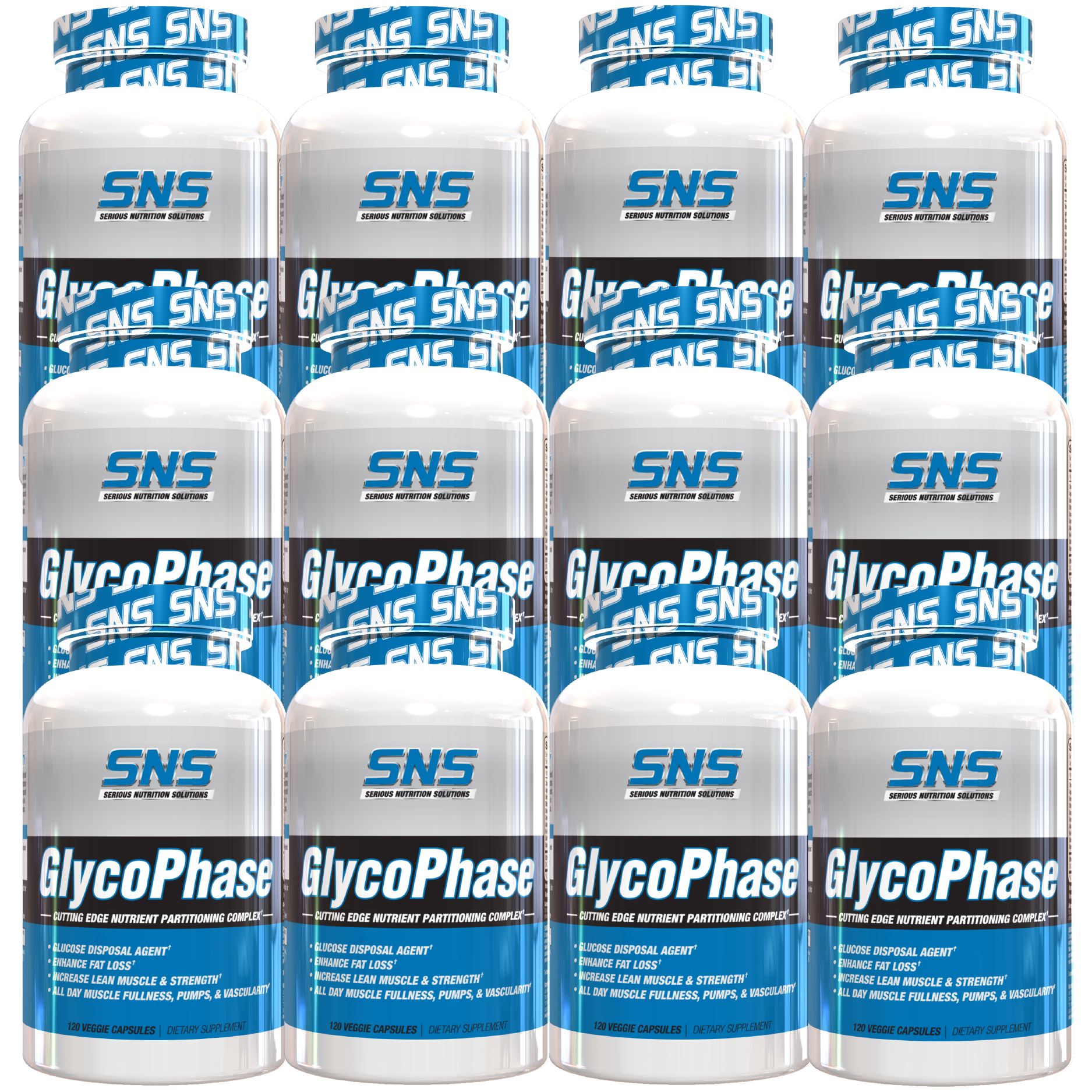
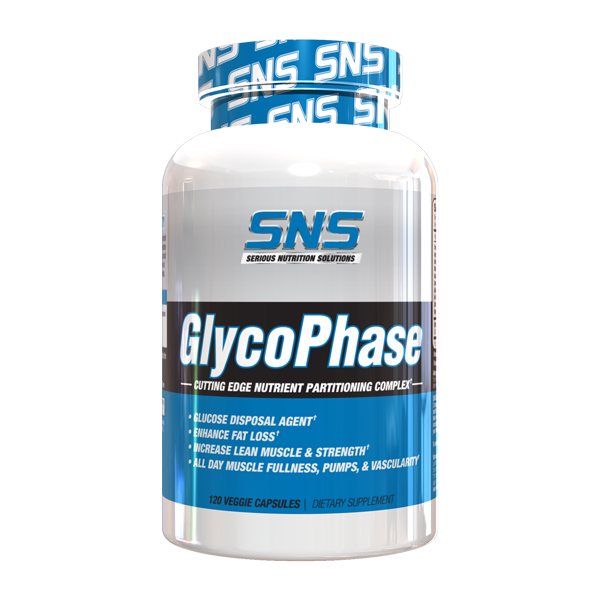
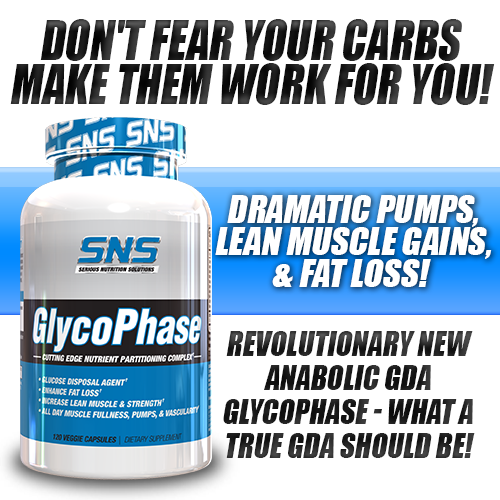
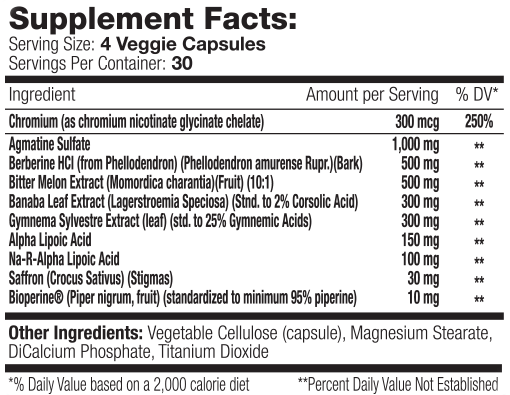

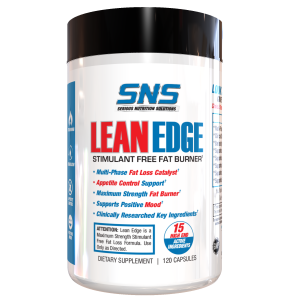

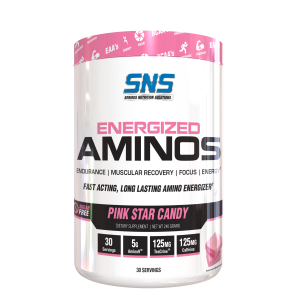
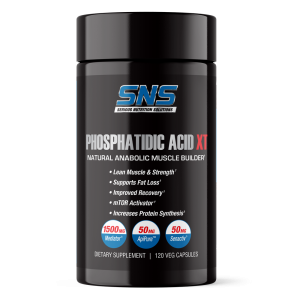
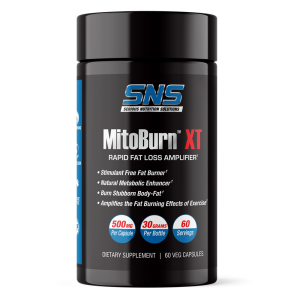
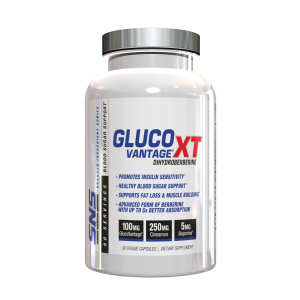
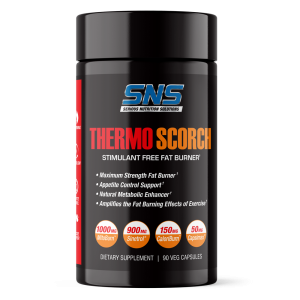
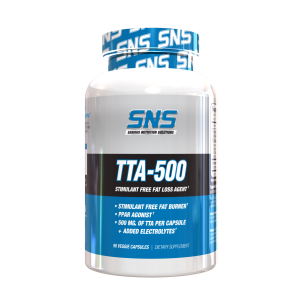
Reviews
There are no reviews yet.